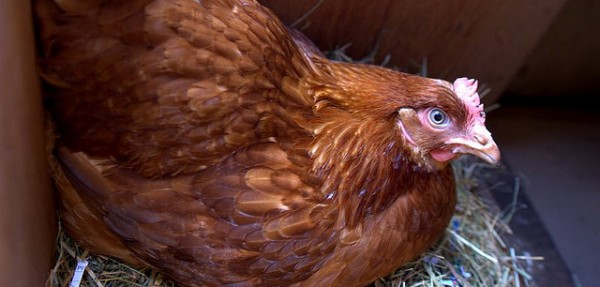The words “lay” and “lie” may be the least favorite words of marketers who work for mattress firms or furniture stores. I don’t work in either one of those places, but I will go to exceedingly great lengths to find another word just so that I don’t have to endure the “lay” versus “lie” debate.

That being said, sometimes the needed word is “lay” or “lie.” I recognize the fact and respond accordingly; I go to the writing rules and reexamine when to use “lay” or “lie.”
Lay
The word “lay” means “put” or “place.” Its meaning necessitates a direct object. The word is, in that way, akin to the word “set.” One always “sets” something, be it the table or a stack of books on said table. Similarly, a person would “lay” a tablecloth on the table or, if going on a picnic, under a tree in the shade.
The word itself has a few forms: lay (present tense), laid (past tense), and laid (past participle). For example, a child recites the bedtime prayer “now I lay me down to sleep.” Without that “me,” the word choice would be incorrect. The “me” is the direct object of the verb “lay.”
“Laid” is the past tense of “lay,” which means it needs no other verbs but does still need an object: The chicken laid five eggs. The farmer laid his tools on the workbench before going inside for breakfast.
“Laid” as a past participle combines with forms of “have” and “be” and is written as “has laid” or “was laid.” While the word doesn’t often appear as a modifier of nouns and pronouns, past participles have that capability. In the case of the chicken, the farmer’s wife gathered the laid eggs and made omelets.
Lie
The word “lie” means to “recline” or “be situated.” Unlike “lay,” the word does not take a direct object. People just simply “lie” at the table, which is, of course, a double entendre. The dinner guests might “recline” at the table, but they might also be lying. In the case of Julius Caesar, both facets of the word were more than likely true.
 The main forms of “lie” are “lie,” “lay,” and “lain.” The child speaking of naptime would say, “I’m ready to lie down.” If the child just took an afternoon nap, he or she “lay” down for one. The mother might follow the child’s suit: She had lain down for a nap.
The main forms of “lie” are “lie,” “lay,” and “lain.” The child speaking of naptime would say, “I’m ready to lie down.” If the child just took an afternoon nap, he or she “lay” down for one. The mother might follow the child’s suit: She had lain down for a nap.
The past tense of “lie” is the problematic one. It’s spelled and looks the same as the word that means to “put” or “place.” When “lie’s” past tense form requires use, it’s time to remember what both “lie” and “lay” mean, what forms they take, and what objects – or not – they need.
Erin Feldman is director of editorial services at Tenacity5 and author of Write Right.Click here to get more of Erin’s grammar, marketing and PR tips.
Images: Ward, RelaxingMusic (Creative Commons)![]()

